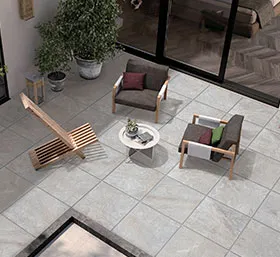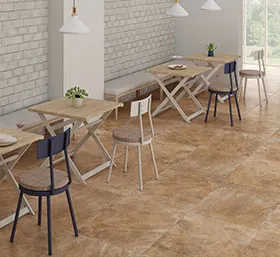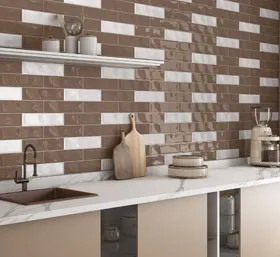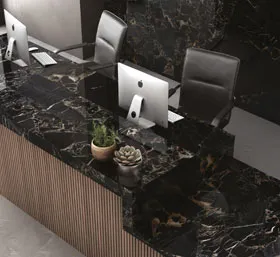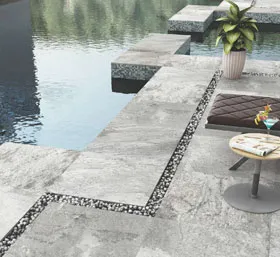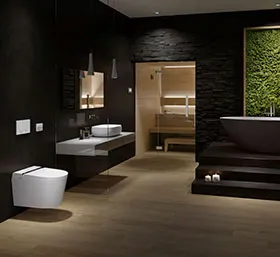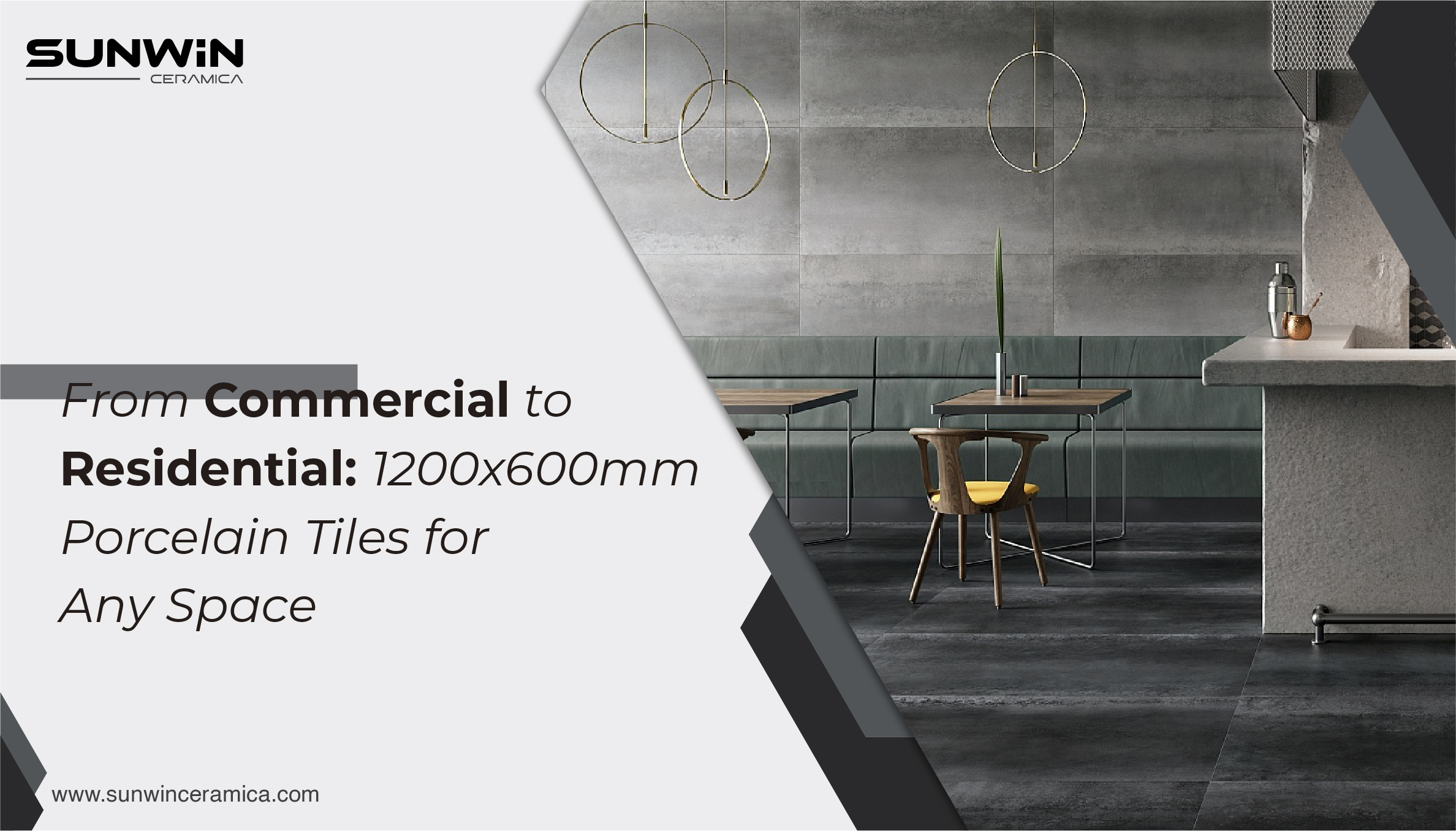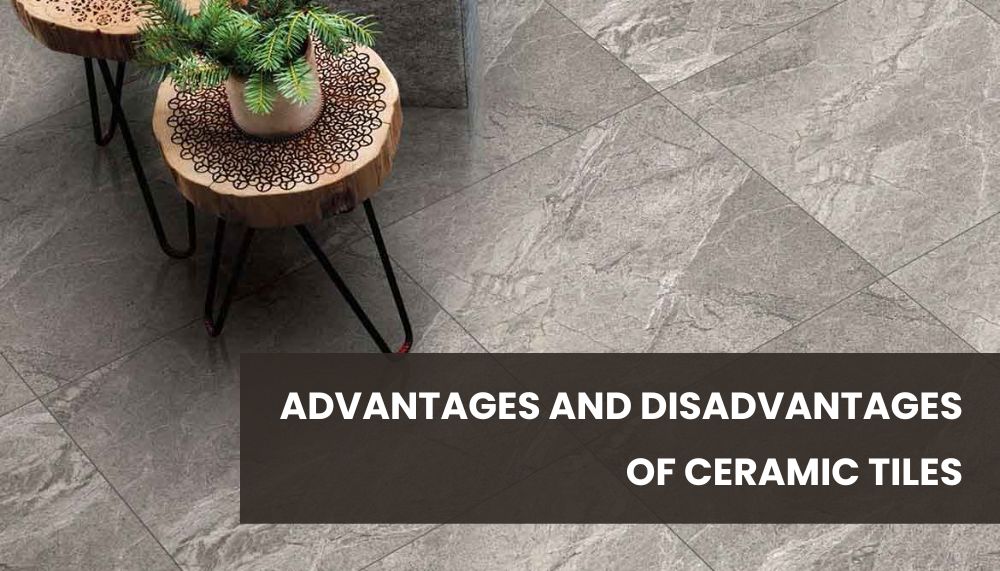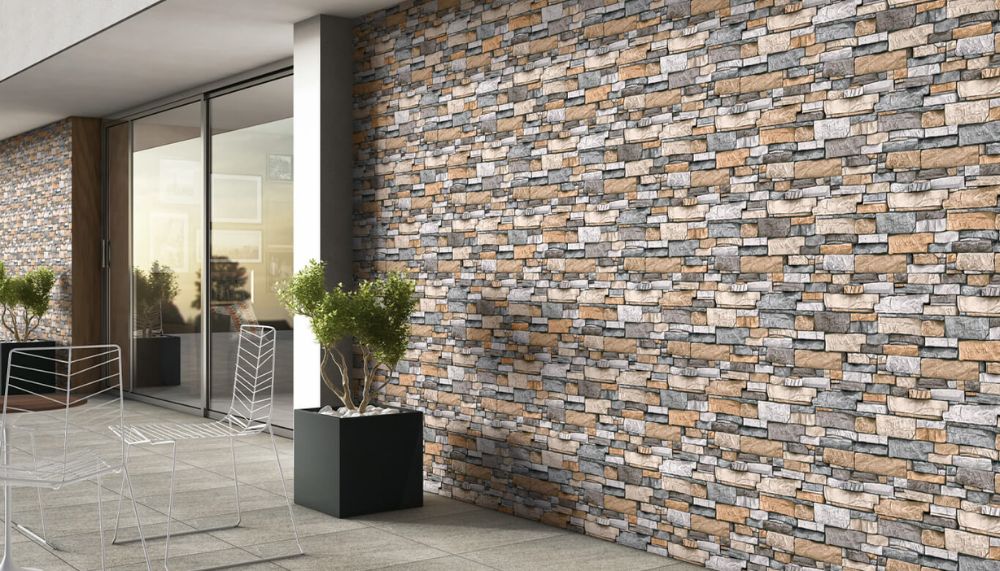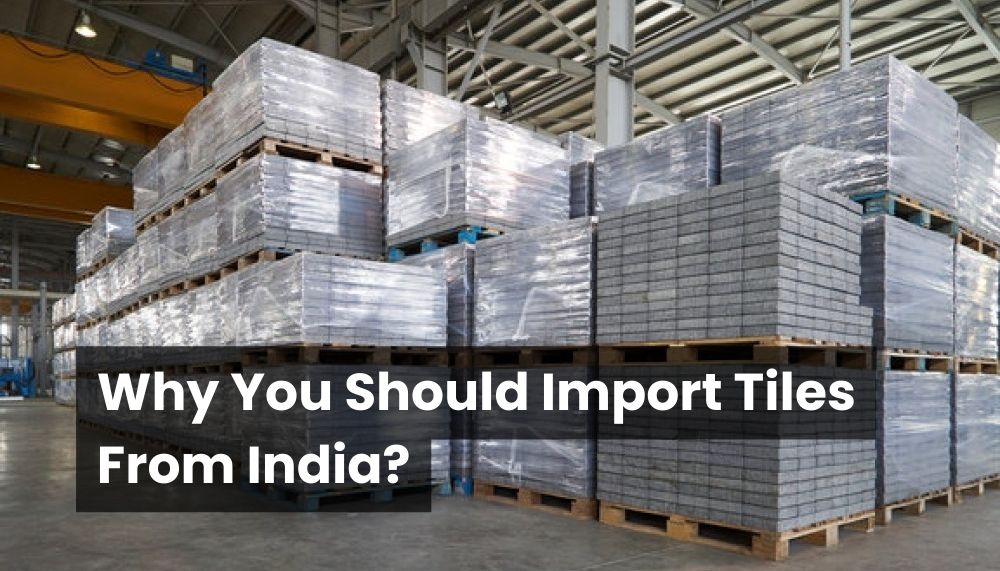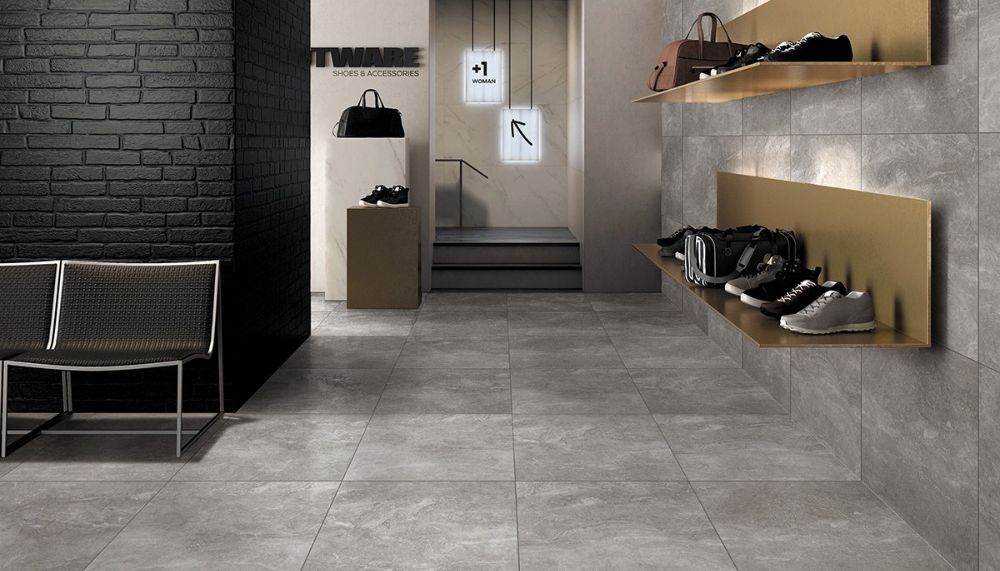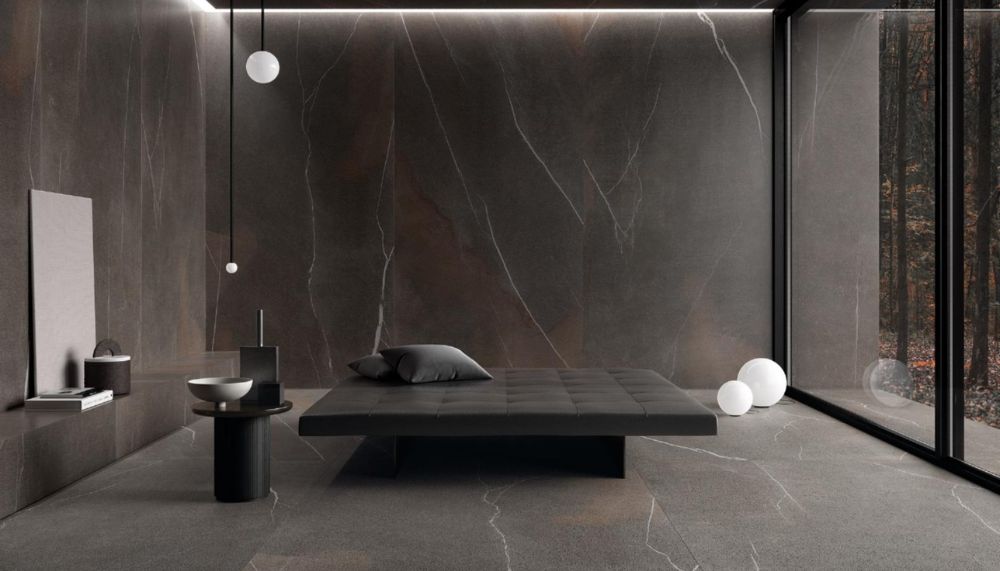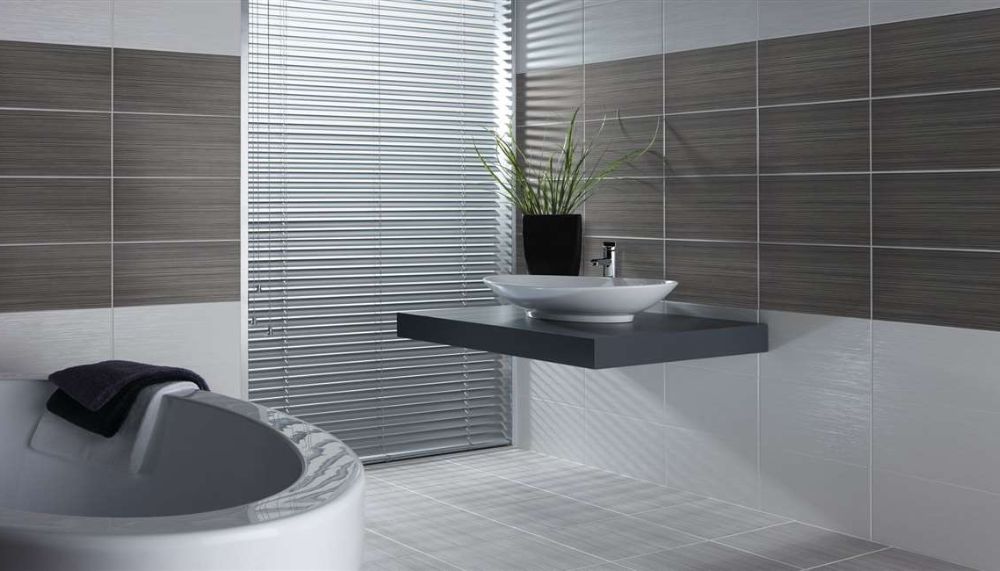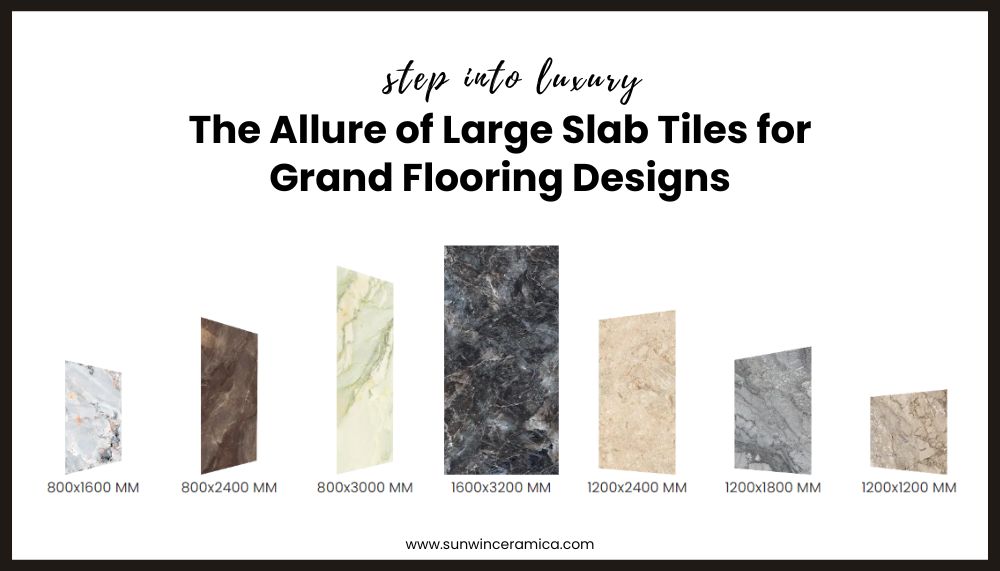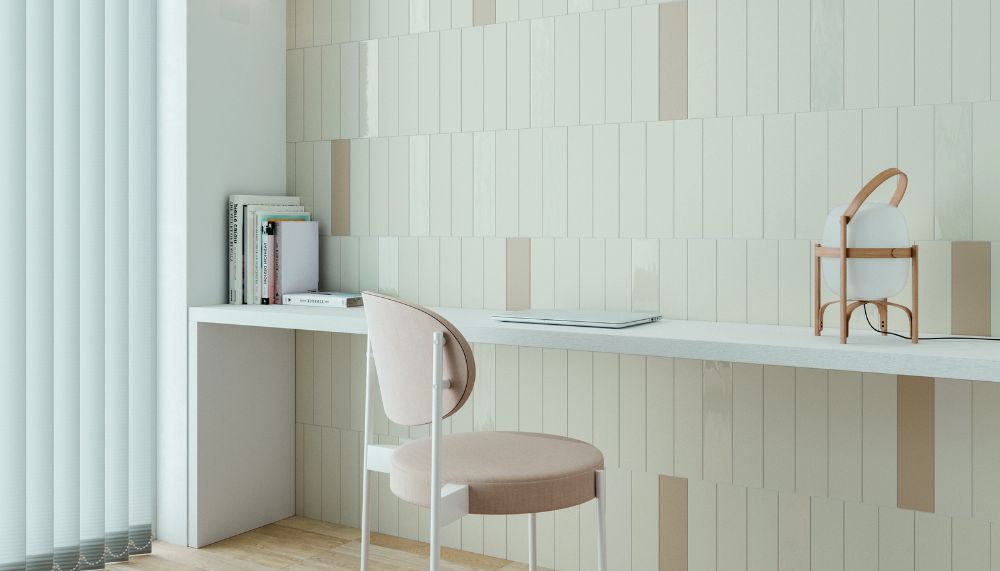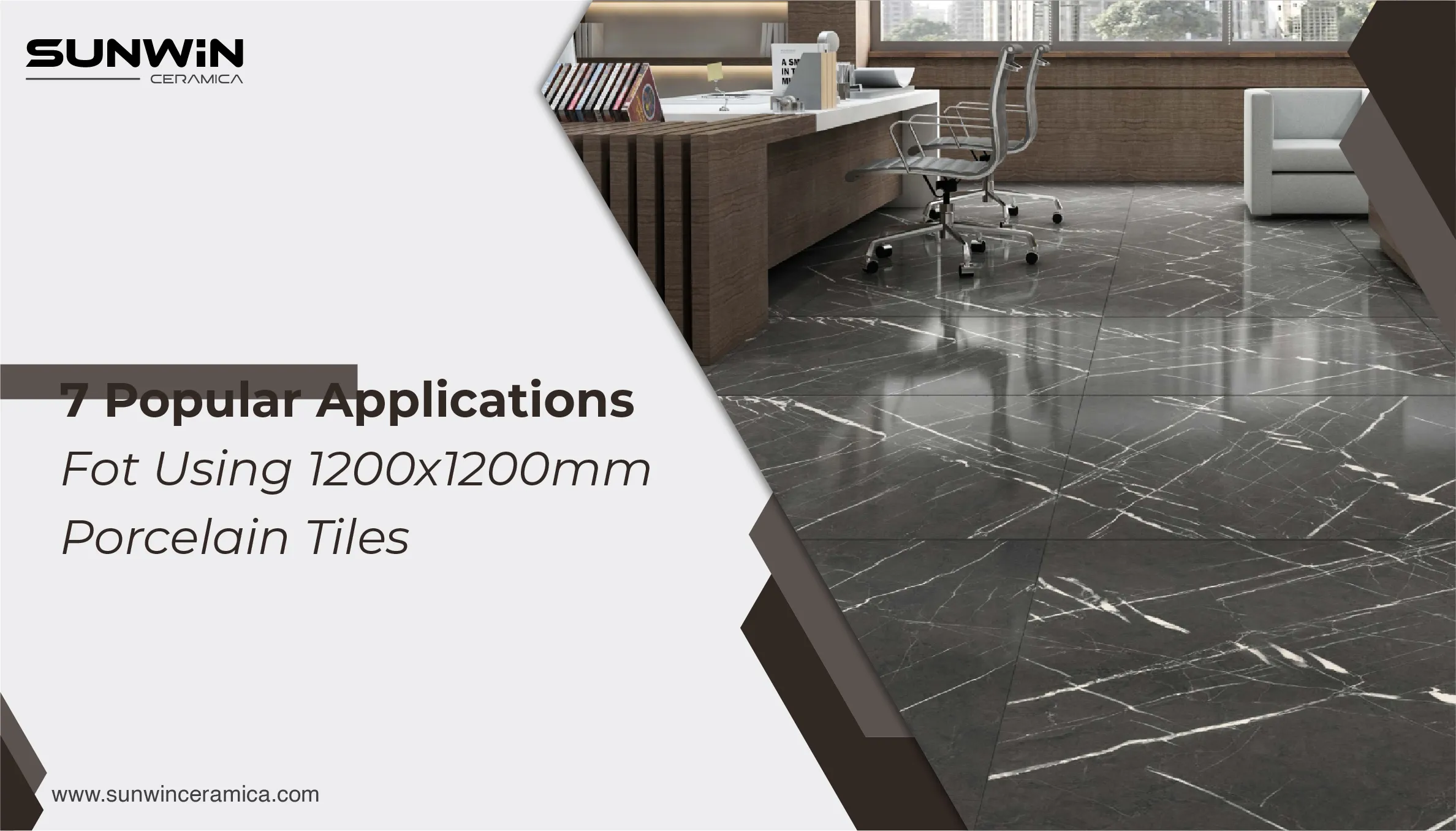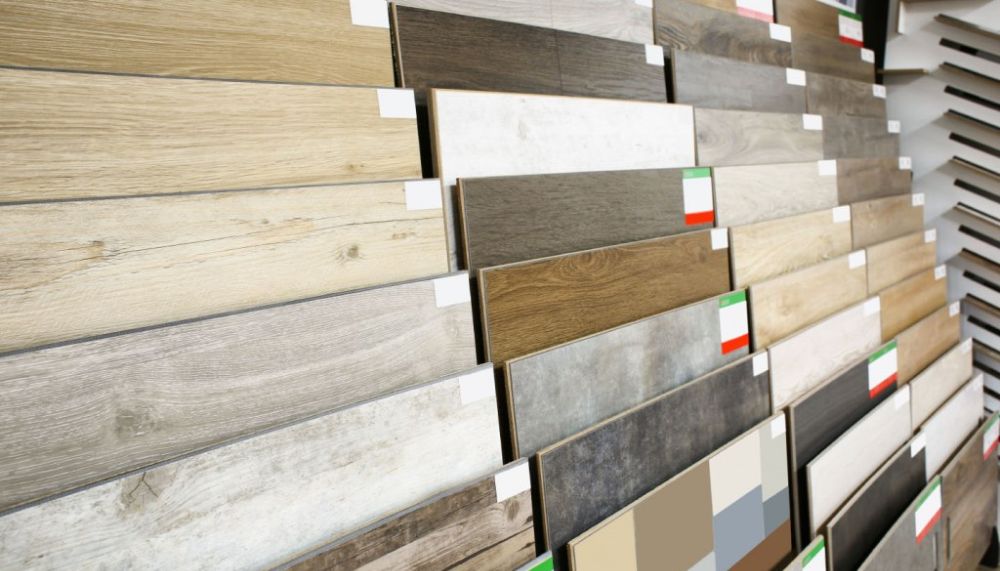
Whether renovating your home or building a new office space, tiles are key to adding elegance that you can't skip. However, choosing the right tiles can be a difficult task. With numerous tile manufacturers and suppliers, identifying and differentiating good-quality tiles from bad-quality tiles is like a mysterious puzzle.
That's why, we are here to help you make the right choice by understanding the basic concepts. Read the following blog to know more about good and bad quality tiles.
Factor - 1: Material Composition
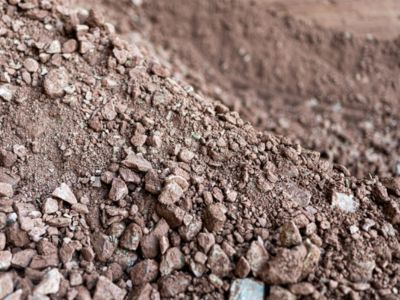
Good Quality Tiles:
The good quality tiles are made from enormous clay bodies that have been painstakingly honed to yield superior durability and sturdiness. Feldspar and quartz, known for their exceptional hardness and wear-and-tear resilience, are typically added to these clay bodies. Because of their robust composition, tiles are far less likely to chip, fade, or shatter over time.
At some point in the tile body, a homogenous mixture is guaranteed by the frequent mixing of raw components. This consistency is essential for achieving even firing at a certain stage of the production process, reducing the possibility of internal tensions that might cause warping or breaking. Additionally, a regular composition results in a more consistent appearance across the tile floor, with far less fluctuation in color and texture.
Bad Quality Tiles:
Low-quality tiles containing contaminants or recycled materials are frequently used in synthetic processes. These subpar materials have the potential to seriously impair the tile's overall quality, strength, and longevity. These materials make tiles more prone to chipping, marking, and cracking, which shortens their lifespan and necessitates more regular maintenance.
The inconsistent mixing of raw materials might result in variations in the tile body's composition and density. This difference may result in improper fire throughout the production process, giving the tile vulnerable places and possible weak points. These tiles may thus be more susceptible to chipping, breaking, or cracking under normal use conditions.
Factor - 2: Manufacturing Process
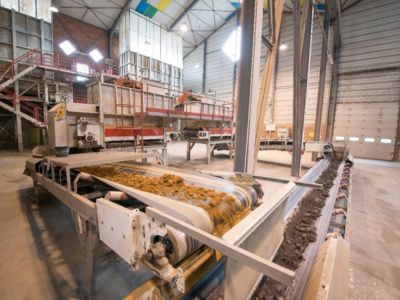
Good Quality Tiles:
Good quality tiles are made by utilizing state-of-the-art equipment and precise technologies to ensure consistent thickness, accurate measurements, and smooth, even surfaces. Because of this careful attention to detail, there are fewer variations across tiles.
Throughout the whole production process, strict exceptional management procedures are used. Every stage of the manufacturing process, from the initial blending of raw ingredients to the final glazing and burning, is carefully inspected by skilled professionals. By identifying and eliminating any flaws, this multi-tiered approach makes sure that the best and most satisfying tiles reach the market.
Bad Quality Tiles:
In making these tiles, older equipment and fewer inventive production techniques are used. Variations in thickness, size, and general quality may result from this, raising the possibility of uneven surfaces or spaces between tiles.
Bad tiles are more susceptible to cracks due to inadequate quality control processes. This may result in tiles that have defects, such as chipped, cracks, or uneven surfaces, which may significantly affect the overall visual appeal and durability.
Factor - 3: Durability and Lifespan
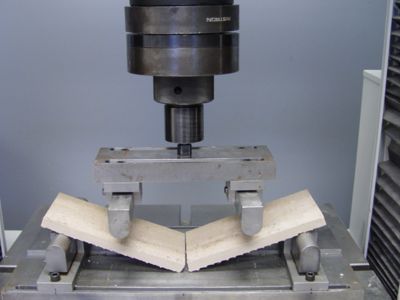
Good Quality Tiles:
Good tiles are made to withstand the stresses of daily living and exhibit remarkable resilience to wear and tear, stains, and scratches. This durability ensures that they will continue to be beautiful and functional for many years to come.
Under typical usage circumstances, these types of tiles' solid and consistent shapes provide exceptional resistance to breaking and cracking. This includes the ability to endure temperature and humidity changes without breaking or warping, as well as resilience to impacts from fallen devices.
Bad Quality Tiles:
Tiles made with low-quality material use less particular methods and are often extra prone to scratches, stains, and chipping. This can result in a vast deterioration in appearance through the years, requiring extra common cleaning and probably high-priced repairs.
The low durability of these tiles makes them extra prone to cracking and breaking below ordinary utilization conditions. This can be mainly unsuitable in regions that experience heavy foot visitors or are prone to temperature fluctuations.
Factor - 4: Aesthetic Appeal

Good Quality Tiles:
Good quality tiles are renowned for their stunning visible attraction. They show long-lasting colorations, intricate patterns, and realistic textures that can transform any space. Whether you are seeking to create a conventional, trendy, or eclectic appearance, their extensive range of tiles suits your desires.
Leading tile manufacturers use advanced printing techniques to ensure constant shade and finish across different tiles within a batch. This consistency is vital for achieving a seamless and visually alluring installation, specifically in large areas.
Bad Quality Tiles:
Low-quality tiles exhibit short-lived colors, diminished styles, and rough surfaces that could detract from the overall aesthetic appeal of any area. These imperfections can create a cheap and unappealing appearance, diminishing the visual impact of your space.
This inconsistency can be especially important in massive installations, in which the versions can disrupt the harmony of the layout.
Factor - 5: Slip Resistance
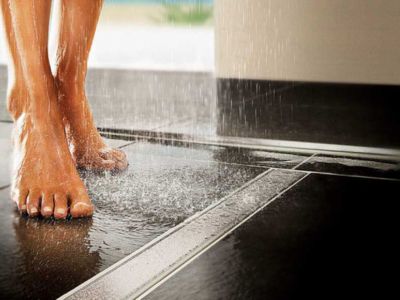
Good Quality Tiles:
Good quality tiles include anti-slip coatings to minimize the threat of slips and falls, especially in moist areas. These capabilities provide protection and peace, especially for households with young kids or aged occupants. Reputable manufacturers make sure that their tiles meet or exceed industry protection standards for slip resistance. This ensures safe and steady surroundings for all occupants, lowering the threat of injuries.
Bad Quality Tiles:
Smooth and sleek-looking surfaces of low-quality tiles can be highly slippery when wet, increasing the danger of slips and falls. This is a major protection challenge, in particular in excessive-site visitors regions and wet environments.
These tiles may not meet the required slip resistance requirements, posing a massive protection danger for occupants. This can cause a high threat of injuries, especially for vulnerable people consisting as kids and the aged.
Factor - 6: Water Absorption Rate
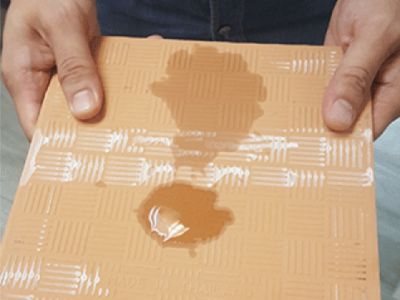
Good Quality Tiles:
Good-quality tiles typically show low water absorption rates, usually less than 0.5%. This low absorption rate prevents water from penetrating the tile structure, minimizing the chance of cracking, staining, and the increase of mildew or mold.
This makes them best for use in areas with excessive moisture tiers. They can resist exposure to moisture without compromising their structural integrity or aesthetic attraction.
Bad Quality Tiles:
Bad-quality tiles frequently showcase an excessive water absorption rate. Water absorption can cause the tile to crack or enlarge, potentially leading to harm to the encompassing grout or even the underlying shape. Additionally, water absorption can create an environment conducive to the growth of mold.
Due to their excessive water absorption, these tiles are not suitable to be used in wet areas. Exposure to moisture can quickly cause deterioration, compromising the tile's structural integrity and aesthetic enchantment.
Factor - 7: Maintenance & Cleaning
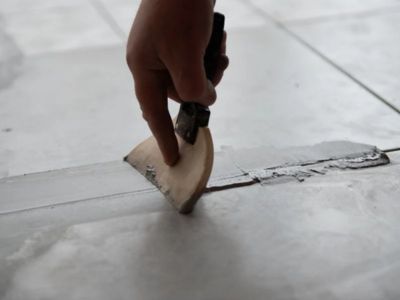
Good Quality Tiles:
Good-quality tiles are normally easy to keep clean and maintain. They can usually be wiped clean with mild detergents and water, requiring minimum effort to maintain them searching their quality. The long-lasting floor of this type of tiles makes them surprisingly resistant to stains and scratches. This makes it easy to hold their original appearance, even in high-traffic regions.
Bad Quality Tiles:
Low-quality tiles may be extra difficult to maintain and clean. They may also require specialized cleaning to eliminate stains and fix their appearance. They have less durable surfaces of hquality tiles making them prone to stains and scratches. This can require intensive cleaning and probably pricey maintenance to hold their look.
Wrap Up
Ultimately, tile aesthetics highly depend on their durability, longevity, and overall functionality. Selecting good tiles has several advantages, including better looks, more durability, easier maintenance, and less environmental effect.
You can make well-informed decisions and choose tiles to enhance the aesthetic appeal and practicality of your space by carefully weighing the factors listed in this blog. Purchasing good quality tiles is an investment in your house that can reduce long-term costs.
Other Popular Blogs:
